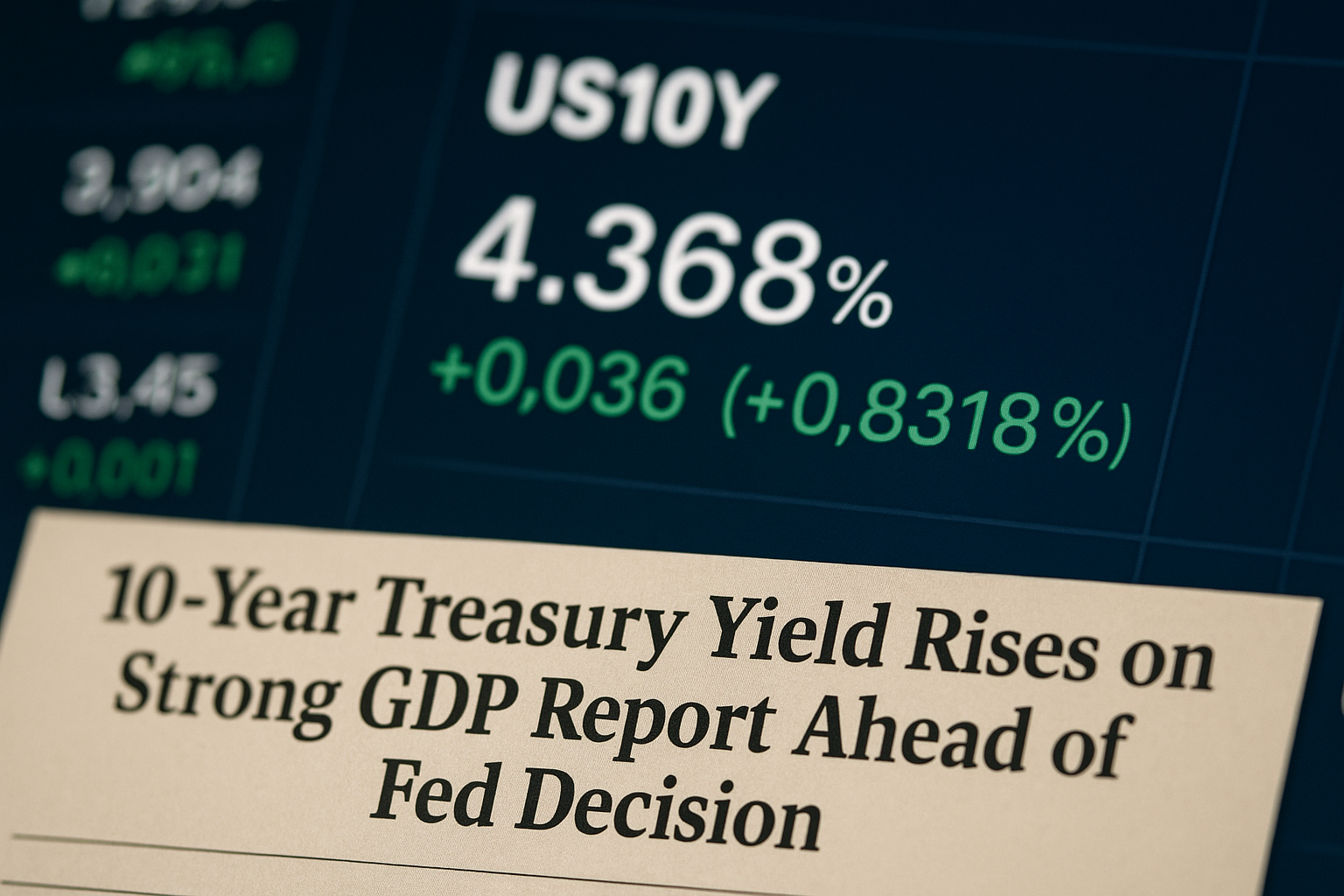Global equity funds experienced a sharp rise in inflows during the week ending November 5, signaling a renewed appetite for risk assets even as markets undergo a modest correction. According to LSEG Lipper data, investors poured $22.37 billion into global equity funds—the largest weekly allocation since early October—suggesting confidence in longer-term fundamentals despite short-term volatility.
The surge in investor enthusiasm comes as global markets digest a 1.6% decline in the MSCI World Index following last week’s record highs. Rather than retreating, many investors appear to view the dip as an opportunity to increase exposure to equities, particularly in transformative areas such as artificial intelligence. Optimism around accelerating AI-linked mergers, acquisitions, and corporate spending has continued to provide a tailwind for tech and growth-oriented sectors.
U.S. equity funds led the inflow spike, attracting $12.6 billion, also marking their strongest week since October 1. Meanwhile, investors allocated $5.95 billion to Asian equity funds and $2.41 billion to European funds, demonstrating broad global participation in the recent buying momentum.
The technology sector remained at the center of this trend, posting $4.29 billion in inflows—the largest weekly gain since at least 2022. As companies increasingly adopt AI tools, automation systems, and advanced cloud infrastructure, investors continue to position themselves ahead of long-term earnings growth tied to innovation.
Outside of equities, flows into fixed-income assets also maintained strength. Bond funds saw their 29th consecutive week of inflows, totaling $10.37 billion. Corporate bond funds drew $3.48 billion, while short-term bond funds added $2.36 billion, reflecting sustained demand for income-generating assets amid shifting rate expectations.
Money market funds saw a dramatic resurgence in popularity as well, gathering $146.95 billion, the highest level of inflows in ten months. These vehicles remain attractive for investors seeking liquidity and stability as central banks near the end of their global tightening cycles.
Meanwhile, gold and precious metals funds saw continued weakness, with withdrawals totaling $554 million for a second straight week. As risk appetite increases and real yields remain firm, interest in defensive commodities has waned, redirecting capital back into equities and fixed income.
Emerging markets also participated in the positive momentum. Emerging market equity funds recorded their second consecutive weekly inflow of $1.61 billion, though emerging market bond funds saw an outflow of $1.73 billion. This suggests a cautious but growing willingness to take equity exposure in developing regions while avoiding currency and rate-sensitive debt markets.
Taken together, the data reflects a market environment where investors are increasingly willing to deploy capital into areas tied to innovation, earnings growth, and global expansion—even as geopolitical uncertainty and short-term corrections continue. With AI driving renewed confidence and central banks shifting toward a more neutral stance, many investors appear to be positioning themselves for the next leg of the equity market cycle.












